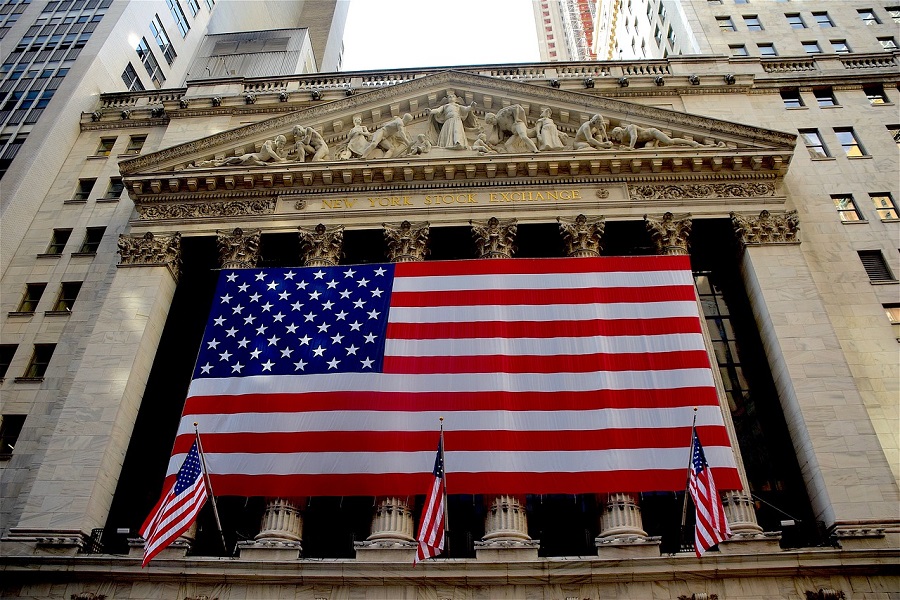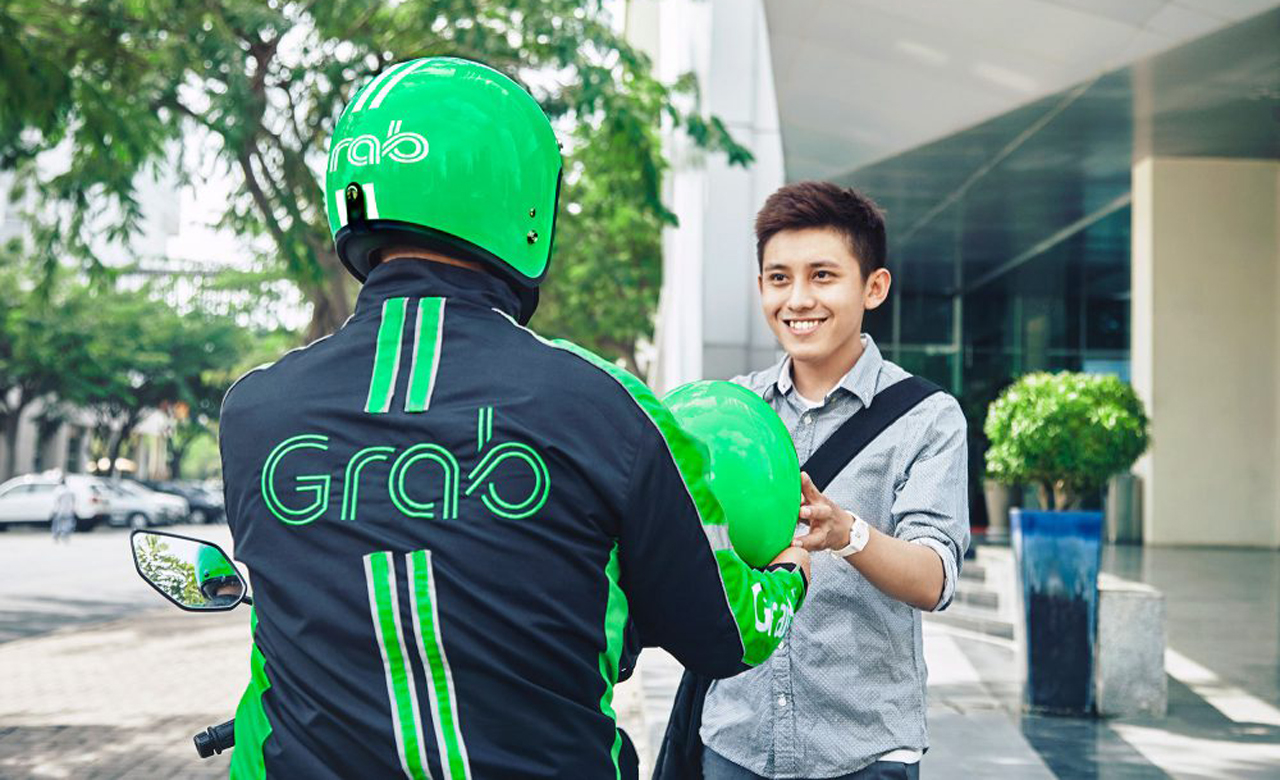Malaysia-born but now Singapore-based Grab is about to be publicly listed on the New York Stock Exchange. While most companies go public via an IPO (initial public offering), Grab has instead opted for a different method – a SPAC deal worth US$39.6 billion (RM 163.7 billion).
“What’s a SPAC?” you may ask. And what’s with these financial people and their bizarre terminology? While we can’t answer the second question, we can certainly answer the first. But to understand what SPACs are, you first have to get acquainted with IPOs.
What are IPOs?
Initial public offerings (IPOs) are the traditional way of getting on a stock exchange. A company will find an “underwriter” (typically an investment bank), which will initially fund the IPO by buying the company’s shares with the goal of selling them later for a profit – that’s essentially how the underwriter makes money.
The underwriter is kind of like a middleman who’s there to give investors confidence about the company. In addition, company executives will also talk to potential investors at roadshows and pitch meetings. The whole thing takes about four to six months to complete, according to CNBC.

All that time is great for investors mulling over a company’s shares, but it may not be that great for the company itself. The IPO process is pretty regulated, requiring a company to publicly disclose quite a bit about its operations.
These disclosures could potentially seed doubts about the company and its market value, causing investors to flee en masse. This infamously happened to coworking startup WeWork in 2019 – IPO paperwork it filed raised investor concerns about its corporate governance, eventually leading to the collapse of its much-anticipated IPO and ouster of its CEO.
Imagine if you’re Grab and you know this and you’re thinking to yourself, is there a better way? What about SPACs?
What are SPACs?
SPACs, or special purpose acquisition companies, are essentially shell companies set up by a pool of investors with the singular purpose of bringing companies public. They do that by acquiring (merging) with the target company – after which, the SPAC assumes the name of that company.
If you read the news, you’ll also notice that SPACs are alternatively called “blank check” companies. This is because SPAC investors give extraordinary leeway (effectively a “blank check”) to a SPAC’s management (called “sponsors”) to pick which firm to acquire and bring public.

As shell companies, SPACs don’t have any commercial operations at all and will automatically dissolve after a set deadline (typically two years) if they don’t find any companies to acquire – investors, of course, get their money back. This goes back to SPACs’ singular purpose; they’re essentially a way for investors to bunch together, leveraging their collective purchasing power to get first dibs on a hot startup.
So while an IPO would require Grab to court investors through a lengthy and often tedious process, a SPAC brings a whole bunch of investors to the company wrapped in a present. There’s no need for a middleman to take a cut of the funds raised. Companies also don’t need to disclose as much information about their operations.
SPACs are particularly popular in the US right now because of the COVID-19 pandemic. Due to the current all-around uncertainty, markets are more volatile than usual – hardly the ideal condition for an IPO; your investors might get cold feet at the last second. Grab may have judged that a SPAC deal was the safer option.
Thanks @nasdaq – we are looking forward to being officially listed too! Meantime, it’s back to business, and to focus on delivering our mission. https://t.co/ZZfBnehKTS
— Anthony Tan (@AnthonyPY_Tan) April 15, 2021
Remember when we mentioned the WeWork IPO disaster? Last month, WeWork announced it was trying to go public again – this time through a SPAC deal. Now, Grab is definitely on much more solid ground than WeWork, but is it really worth US$40 billion?
Is Grab overvalued?
Because, as mentioned earlier, SPAC deals require fewer company disclosures than IPOs, they’re often seen as less transparent and overvalued. CNBC’s Jim Cramer ranted over the fact that Grab was going public at effectively double its last valuation. “You can’t just double the valuation on… based on what? What happened at the company that it got double?” he said.
According to CNN, Grab was last privately valued at roughly US$16 billion. Now, it is going public at a valuation of nearly US$40 billion – that’s more than double, but Cramer’s point remains.

Altimeter Capital CEO Brad Gerstner, who’s shepherding the Grab SPAC through, responded to Cramer’s comments by pointing out that Grab is the current market leader in e-hailing, delivery (food and groceries), and fintech payments in Southeast Asia – a massive market of 650 million people. And because these industries are still young in the region (low penetration compared to say, the US), Grab’s potential for growth is huge.
That’s a very good point. But it’s also probably true that an IPO, with a lengthier process and more stringent disclosure requirements, would’ve valued the company at a far more modest figure.
So if you’re Grab’s CEO, would you have done things differently?
(Source: CNBC [1] [2] [3] [4], Wall Street Journal, Business Insider, WeWork, CNN. Text image: Robert Jones / Pixabay.)
Follow us on Instagram, Facebook, Twitter or Telegram for more updates and breaking news.



